The Massage Equipment Market is currently characterized by a dynamic competitive landscape, driven by increasing consumer awareness regarding health and wellness, alongside a growing demand for at-home therapeutic solutions. Key players such as HoMedics (US), Panasonic (Japan), and Inada (Japan) are strategically positioning themselves through innovation and regional expansion. HoMedics (US) focuses on enhancing user experience through advanced technology integration, while Panasonic (Japan) emphasizes product diversification and sustainability in its offerings. Inada (Japan) leverages its reputation for high-quality massage chairs, targeting premium segments. Collectively, these strategies contribute to a moderately fragmented market structure, where competition is intensifying as companies seek to differentiate themselves through unique value propositions.
In terms of business tactics, companies are increasingly localizing manufacturing to reduce costs and enhance supply chain efficiency. This approach not only mitigates risks associated with The Massage Equipment Market demands. The competitive structure of the Massage Equipment Market remains moderately fragmented, with several key players exerting influence over market dynamics. The collective actions of these companies indicate a trend towards consolidation, as they seek to enhance their market share and operational capabilities.
In August 2025, HoMedics (US) launched a new line of smart massage devices that utilize AI technology to personalize user experiences. This strategic move is significant as it aligns with the growing trend of digitalization in the wellness sector, potentially attracting tech-savvy consumers looking for tailored solutions. The integration of AI not only enhances user satisfaction but also positions HoMedics (US) as a leader in innovation within the market.
In September 2025, Panasonic (Japan) announced a partnership with a leading health technology firm to develop a new range of massage equipment that incorporates biometric feedback. This collaboration is noteworthy as it reflects a strategic shift towards integrating health monitoring features into massage devices, thereby appealing to health-conscious consumers. Such partnerships may enhance Panasonic's competitive edge by offering products that address broader wellness needs.
In July 2025, Inada (Japan) expanded its distribution network in Europe by partnering with local retailers, thereby increasing its market presence. This strategic expansion is crucial as it allows Inada (Japan) to tap into the growing European market for premium massage equipment, which is characterized by a rising demand for high-quality wellness products. By enhancing its distribution capabilities, Inada (Japan) is likely to strengthen its competitive position in the region.
As of October 2025, the Massage Equipment Market is witnessing trends such as digitalization, sustainability, and the integration of AI technologies. These trends are reshaping competitive dynamics, with companies increasingly forming strategic alliances to enhance their product offerings and market reach. The shift from price-based competition to a focus on innovation and technology is evident, as companies strive to differentiate themselves through unique features and reliable supply chains. Looking ahead, competitive differentiation will likely evolve further, emphasizing the importance of technological advancements and sustainable practices in shaping consumer preferences.


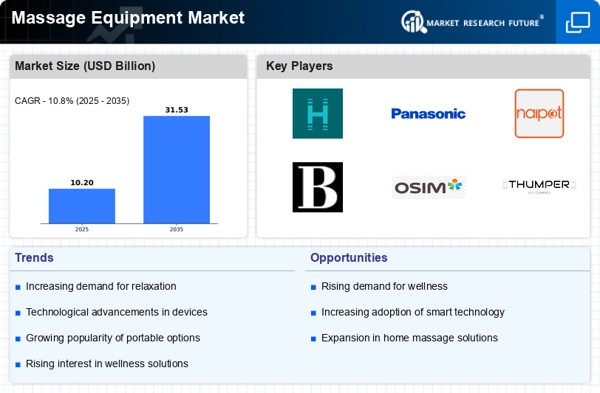
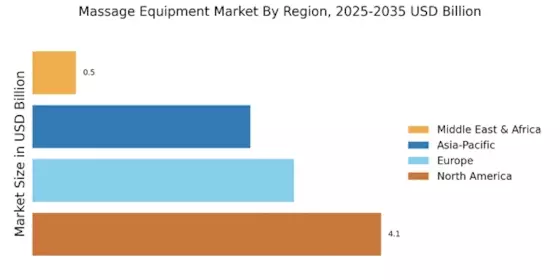



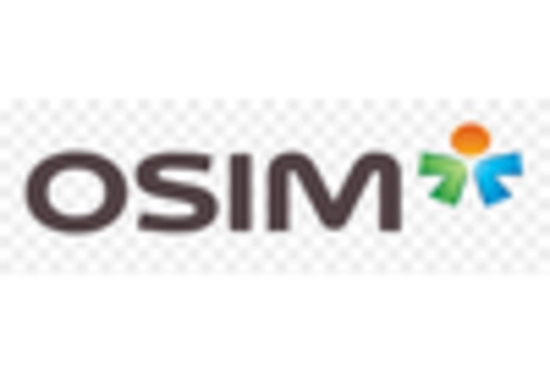
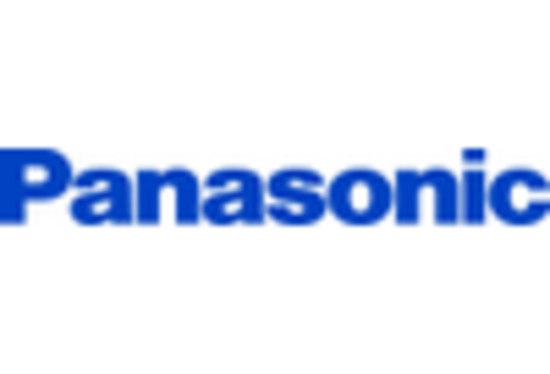
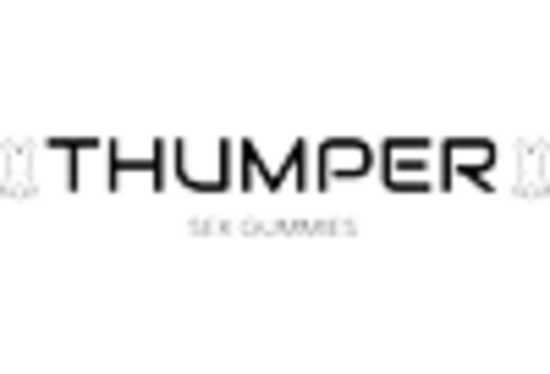








Leave a Comment